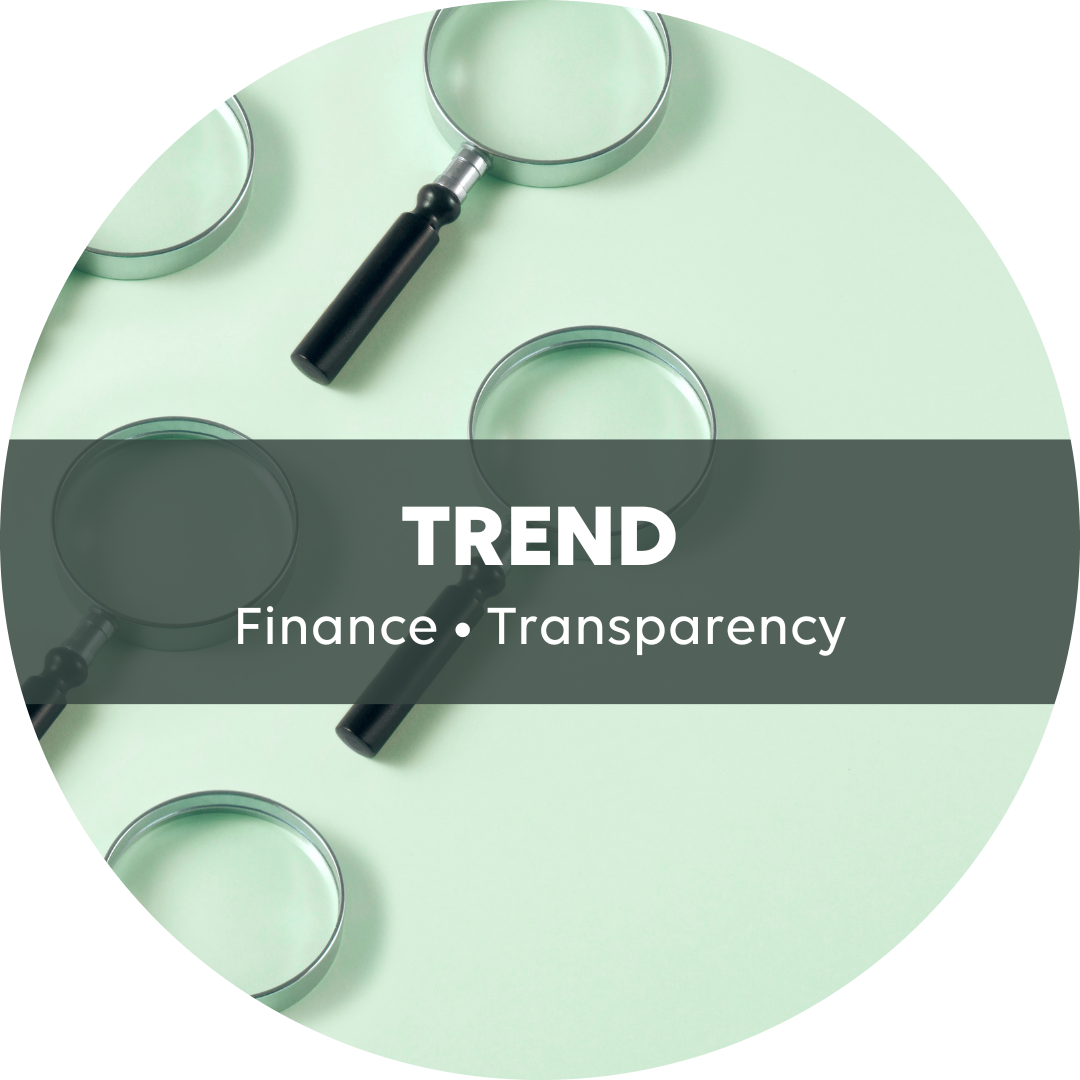Finance • As it surges ahead, the ESG market seeks to standardise transparency norms
Financial institutions increasingly focus on their environmental, social and governance (ESG) impact, and markets are commensurately eager for transparency regarding the extra-financial performance of assets and companies.

Financial institutions increasingly focus on their environmental, social and governance (ESG) impact, and markets are commensurately eager for transparency regarding the extra-financial performance of assets and companies. However, a diversity of data providers, the absence of international reporting standards and broadly shared metrics have all contributed to the rise of a market lacking in consistency and direction. In order to effectively guide participants and standardise disclosure practices, new regulations are emerging, and international initiatives are attempting to bring order to the landscape.
-
ESG investments have experienced rapid growth, reaching $649 billion by 2021, constituting 10% of the global assets under management. However, despite this expansion, the diversity of commitments and challenges in providing evidence point to disparities, highlighting the necessity for robust ESG criteria to attain sustainable development goals.
- The process of standardizing ESG practices is underway through international frameworks like the TCFD and UNEP FI, which advocate for the collection and reporting of ESG information and performance by corporations. Regulatory bodies are adopting guidelines to identify positive impact investments, and initiatives are emerging to enhance transparency through the disclosure of non-financial performance. Frameworks such as the Principles for Responsible Banking (PRB) and the Principles for Sustainable Insurance (PSI) are referenced to ensure adherence, comparability, and accountability in ESG reporting.
- Rating agencies are central to the expanding ESG data market, influencing investment decisions through rating criteria drawn from companies’ non-financial reports. The increasing significance of ESG data in risk management underscores the need for standardized norms, while the market’s consolidation promises improved reliability and accessibility of this data.
- Challenges concerning ESG data include the unreliability of self-assessments by companies, opaqueness in calculation methodologies, and a lack of standards for ensuring comparability. Variations in approaches and ratings arise from differences among data providers and disparities in international regulations, rendering responsible investment choices more intricate.
- Financial stakeholders necessitate public support and available corporate data to fulfill ESG transparency requisites. New European regulations, like the Corporate Sustainability Reporting Directive, aim to simplify ESG data access and promote standardization.
- The competition between EFRAG and ISSB regarding ESG reporting standards is fostering divergent approaches. These simultaneous standardization endeavors run the risk of muddling companies’ ESG reporting practices.
Janine Guillot, Executive Director of the Sustainability Accounting Standards Board (SASB), sees the transparency of ESG practices as a ‘collective effort to be taken up by all market players,’ including asset owners, asset managers, data providers, standards and policy makers. Granted, bringing these parties together is a challenge in own right, however, this merely underscores how coordinated work by all stakeholders, public and private, is critical to addressing the many issues we currently face. Measuring the footprint of financial players’ actions in a structured manner should make it possible to identify the best levers for action to reduce this footprint. This effort involves standardising calculation methodologies, strengthening databases and reinforcing the reliability of reporting systems.

